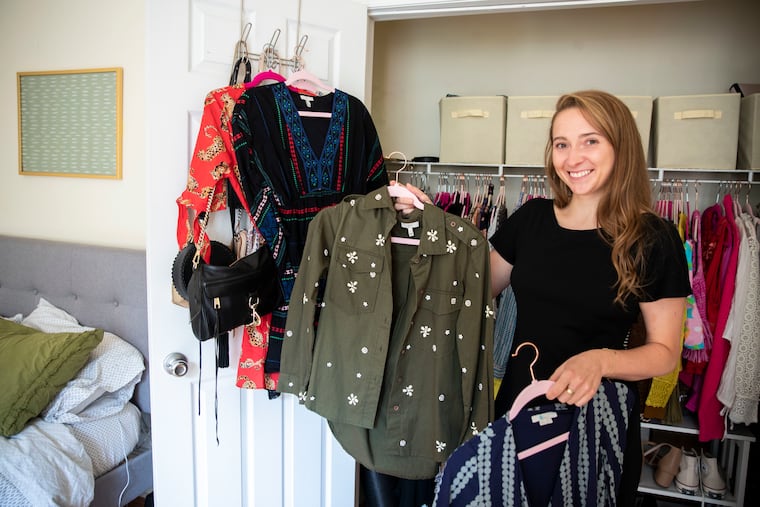Thrifting used clothes surged during the pandemic and is likely to keep growing
The stigma has largely disappeared, especially among the younger generation. The secondhand market is projected to double from $36 billion in 2020 to $77 billion in the next five years.
